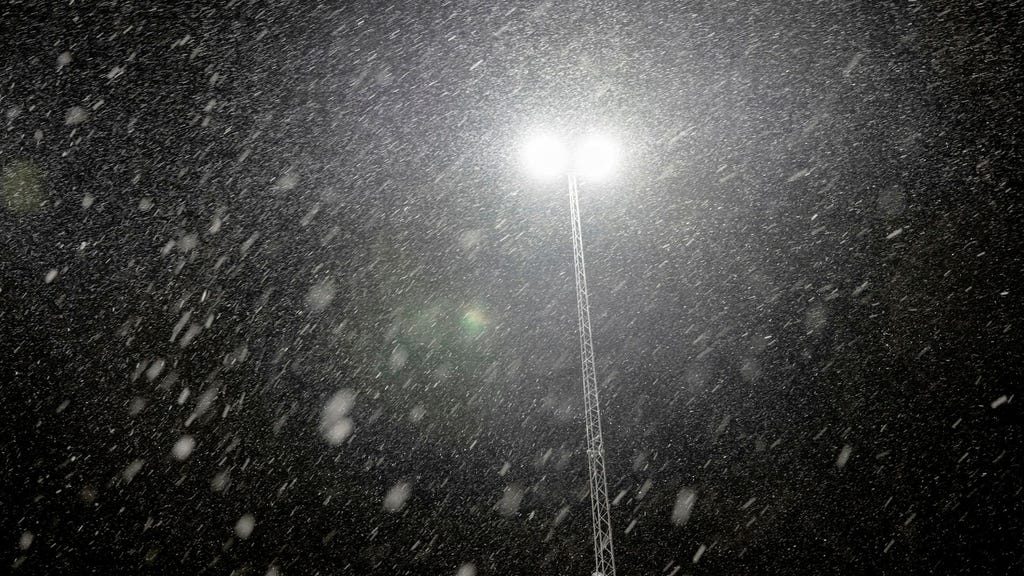A powerful storm swept across northern Sweden overnight, bringing with it hurricane-force winds and widespread disruption. The Swedish Meteorological and Hydrological Institute (SMHI) issued orange warnings for high winds in western Norrland, stretching from Jämtland up to the Norwegian border. A yellow warning was also in place for northern Lapland. The storm’s intensity was evident in the wind speeds recorded at various locations. Stora Sjöfallet experienced the most ferocious gusts, clocking in at a staggering 49.5 meters per second, significantly exceeding the 33 meters per second threshold for hurricane-force winds. Other exposed mountain stations like Stekenjokk in southern Lapland and Blåhammaren in Jämtland also registered exceptionally high wind speeds, reaching 46 and 37 meters per second, respectively. Significantly, the storm’s impact was not limited to the mountainous regions. Arvidsjaur, located inland, experienced winds of 31.9 meters per second, highlighting the storm’s widespread reach.
The storm’s destructive force left a trail of damage across the affected areas. Fallen trees obstructed roads, causing significant traffic disruptions. Police reported numerous instances of blocked roadways due to downed trees, although thankfully, no injuries were reported. The Högakustenbron bridge north of Härnösand was closed overnight following an accident where a light truck was overturned by the extreme winds. The bridge closure underscores the severity of the storm, as authorities deemed it too dangerous to approach the overturned vehicle due to flying debris. The truck driver, fortunately, escaped unharmed.
The storm’s impact extended beyond transportation disruptions. Approximately 9,000 households were left without power on Saturday morning, and restoration efforts were hampered by the ongoing adverse weather conditions. Power companies acknowledged the challenges posed by the storm and warned that restoring power could take longer than usual. The widespread power outages further underscored the storm’s disruptive potential, leaving thousands without essential services.
As the day progressed, the storm gradually began to subside, moving southwards. Most wind warnings were lifted by 10:00 am, with the exception of the northernmost region, where the warning remained in effect until 6:00 pm. The gradual easing of the storm provided a much-needed respite for the affected areas, allowing recovery efforts to commence in earnest. The storm’s aftermath left a stark reminder of the power of nature and the vulnerability of infrastructure in the face of extreme weather events.
The storm’s impact was multifaceted, affecting transportation, power infrastructure, and daily life across northern Sweden. The combination of hurricane-force winds, downed trees, and power outages created a challenging situation for residents and authorities alike. The storm’s rapid intensification and widespread reach highlighted the need for effective early warning systems and preparedness measures to mitigate the impact of such extreme weather events.
The swift response of emergency services and the resilience of communities played a crucial role in minimizing the storm’s impact. Despite the widespread disruptions, the absence of reported injuries is a testament to the effectiveness of preparedness measures and the prompt actions of first responders. The storm served as a stark reminder of the importance of being prepared for extreme weather events and the need for robust infrastructure to withstand the forces of nature. The incident also underscores the critical role of meteorological agencies like SMHI in providing timely and accurate weather information to enable effective response and mitigation efforts.














